Overview
Starting from Lhasa, the journey begins with a visit to Nyingchi to enjoy the landscapes and savor stone – pot chicken. Then, return to Lhasa to explore cultural attractions and taste special – flavored cuisine. Next, head to Yamdrok Lake to admire the lake view, pass through Shigatse to reach Everest Base Camp and experience its grandeur. On the return journey, visit temples in Shigatse again. Finally, there’s a trip to Namtso Lake (if it’s closed, the itinerary will be adjusted). This tour combines cultural and natural landscapes, allowing you to fully enjoy the charm of Tibet.
Highlights
- Flexible itinerary changes add vivid and unexpected adventures to the journey.
- Delve into Lhasa's handicraft centers, religious shrines, and Barkhor Street to unlock the cultural codes of Tibet
- Nyingchi's Luolang Stone - Pot Chicken, diverse Lhasa cuisine, and Everest Base Camp hot pot. Let your taste buds dance with the plateau flavors.
- Starting from Nyingchi, follow the altitude line to encounter Yamdrok Lake, glaciers, and Mount Everest, in pursuit of the spectacular skyline views.
Itinerary
Upon your arrival at Lhasa airport, your guide will greet you and escort you to your hotel and help you check in. You will have the rest of the day and evening to rest and relax to become acclimatized the high altitude of Tibet.
【Notice】
Pick up/drop off: Foreign and Taiwanese travelers need a tour guide to pick up/drop off according to the regulations of the Tourism Administration. Chinese traveler without foreign partner will pick up/drop off by local professional Transfer Center. Our staff/guide will contact you in advance, please ensure that your mobile phone is unobstructed.
Altitude sickness:With its much higher elevation, some visitors may experience symptoms of altitude sickness. We recommend taking everything slowly, getting plenty of rest the first day and staying very well hydrated by drinking plenty of water to minimize the effects of the high altitude. Usually, you will be fine by the second day, but if you do experience severe and/or worsening symptoms, please contact your guide or a member of our staff immediately
【Kadinggou】 (about 1 hour tour)
Kadinggou is known as “Heaven on Earth”. Walking into the gorge, we can see the ravine is long and deep, accompanied by the sound of gurgling water from far and near into the virgin forest. There are high mountains and deep valleys, strange peaks and rocks, towering old trees, and even bamboo forests here.
【Lalin Expressway】 (The most beautiful highway in China)
As part of the Sichuan-Tibet high-level highway and Yunnan-Tibet high-level highway, relying on the magnificent natural landscape of the snow-covered plateau, there are snow-capped mountains, forests, and grasslands along the way. Slow down the road to take pictures of the scenery!
After breakfast, we will drive to Segrila Mountain. If the weather is fine, you will have the opportunity to enjoy the Namjagbarwa (Namcha Barwa) from a distance in Segrila Pass (the specific viewing effect depends on the weather conditions).
The【Lulang Forest】area is covered by numerous different types of trees that are inhabited by many cuckoos, found here in their native habitat. Among all of the trees we will still be able to find broad meadows filled with herds of cattle around the small villages in the area. We will visit a viewing platform in the Lulang Forest that will give us great views of Namcha Barwa (peak elevation 7756 meters), Gyala Pelri, and other high snow-capped mountain peaks. After that, we drive to Basomtso for the night.
【Biri Holy Mountain】
Biri Holy Mountain, also known as “Monkey Mountain” in Tibetan, is a famous and sacred mountain located in the Nyingchi region. According to legend, it was blessed by Guru Rinpoche. The mountain is divided into different areas, such as the Sacred Mountain Ecological Square, Xiaxi Creek Scenic Area, Tangchengsi Scenic Area, Prayer Flag Array, and Ancient Ruins Area. Each year, a large number of pilgrims visit the mountain to perform circumambulation. Upon reaching the summit, you’ll witness prayer flags fluttering in the wind. These prayer flags, hung by Tibetan people, represent their prayers and blessings, demonstrating their deep reverence for the sacred mountain.
1 free meal: Stone Pot-Cooked Chicken
【Notice】Please be aware that the Basomtso Scenic Area has limited capacity. If the hotels within the area are fully booked or closed, we may need to make adjustments to your itinerary and arrange accommodation in downtown Nyingchi instead. Rest assured that there will be no additional cost, and this change will not affect your planned attractions or the overall itinerary. We appreciate your understanding and cooperation.
【Basomtso Lake】
Basomtso integrates snow mountains, lakes, forests, waterfalls, pastures, etc. The scenery looks different at different times, it is a national forest park and 5A scenic area.
【Fairy-tale Jieba Village】
It is the best place to watch Basomtso and the surroundings of two snow mountains, which called “King’s Throne” and “Burning Flames”.
Today we will take you to fully immerse yourself in experiencing traditional Tibetan handcraft Center, including making Tibetan incense, woodblock printing and learning about the Tibetan language. While learning about how the refreshing Tibetan incense is made, you can also participate in making it with your own hands, which is of quite different significance from the purchased Tibetan incense. Knowledgeable teachers will introduce to you the origin of the Tibetan language and help you write Tibetan blessings or your own Tibetan name. Meanwhile, you can also experience the traditional woodblock printing. The incense, printed words and Tibetan calligraphy can all be taken home as souvenirs.
【Sera Monastery】
The monks’ debate is held in the courtyard almost every Monday to Saturday between 3:00pm and 5:30pm. Please note that in case of some special monastery activities such as the Dharma Meeting or the reception of VIPs, the monks’ debate may be canceled that day. After our visit to the monastery, feel free to stroll around the streets of Lhasa as you absorb the atmosphere and spirit of the devoted Tibetan people, or you may return to your hotel to rest and relax from this wonderful Tibetan cultural experience.
Initially built in 641 AD and listed as a world heritage site in 1994, the Potala Palace is the most popular tourist attraction in Tibet. The halls, murals, statues and mountain views will make you shocked even if you are not a Buddhist.
The Jokhang Temple is the final destination for pilgrims. A statue of the 12-year-old Sakyamuni, who lived in India in the fifth century BC, and who was the creator of Buddhism, is collected in the monastery. This is the reason why Buddhists consider Lhasa a Sacred Land.
Located near the Jokhang Monastery, the Barkhor Street was only a place for Buddhists to do a religious circumambulation in ancient times. Nowadays, tourists can buy exquisite souvenirs on the street, such as handicrafts, costumes, tea, prayer wheels and Tibetan incense.
This morning we’ll take a drive up to the Kampala Pass (elevation 4797 meters) where you’ll have a glimpse of 【Yamdrok Lake】down below as well as spectacular views of the holy Mount Nyenchen Khangsar in the distance. You will need your camera ready for the turquoise waters of Yamdrok Lake, which is one of the three holy lakes of Tibet, and the beautiful Mt. Nyenchen Khangsar glacier as seen from the Karol la Pass. Later on we’ll be able to visit the【Karola Glacier】.
【Notice】
Foreign travelers who will visit Mt. Everest need to apply Aliens’ Travel Permit in Shigatse. The tour guide may adjust the itinerary according to the travel permit application status.
Please expect for a long queue time for the travel permit application during peak seasons due to system failure or a sudden increase in the number of applicants
After breakfast we’ll set out towards the peak of the world – Mount Everest. Departing from Shigatse you will see some of the most beautiful and unique scenery in the world – incredibly blue skies, floating high clouds, endless grasslands and the highest mountain peaks in the world. We’ll also stop by the【Rongbuk Monastery】– the world’s highest altitude monastery before spending the night at the【Everest Base Camp】.
1 free meal: Mount Everest Hot pot
【Notice】
Tibetan Tent or guesthouse (8-15 pax/tent, multi-beds room, public bathroom). Every year due to cold weather, the tents will be evacuated from the Everest Base Camp, travelers will stay in Basongcun/Tashizongcun guesthouse instead(multi-beds room with public bathroom)
The food and accommodation is poor, the altitude is high, and the temperature is low at the Everest Base Camp. Please pay attention to keep warm and prevent altitude sickness. The temperature is about 0-8 degrees in summer night, so please bring down jackets, or rent one in the Base Camp
We will get an early start today to cross the【Gyatso La Pass】, also known as the Dingri Boundary at an altitude of 5248 meters. In the afternoon we will drive back to Shigatse.
【Notice】
If you are lucky enough, you can enjoy the sunrise at the Base Camp. It depends on the weather conditions.
【Tashi Lhunpo Monastery】
Tashi Lhunpo Monastery, the seat of Tibet’s second highest incarnation-the Panchen Lama. The immense complex is a rambling warren of chapels, shrines, and halls linked by mysterious alleyways and steep staircases. At the center of the monastery is a courtyard that was used as a theater for religious dances. Just off the great courtyard in Tashi Lhunpo’s main hall, where, like the explorer Sven Hedin, we may hear “the monks…intone a chant…enthralling, mystical, full of yearning…soothing as a cradle, intoxicating as wine, and sedative as morphia.” We’ll visit this dark and evocative chamber and its many side altars, as well as a distinctive red building called the Jamkhang Chenmo, which houses a massive yet lyrical 90-feet tall statue of Maitreya, the Future Buddha, built in 1914 by the Ninth Panchen Lama while Europe was madly at war.
【Notice】
Please note we will arrange you to take train or tourist vehicle back to Lhasa from Shigatse according to conditions. No designation will be acceptable
As part of a join-in group tour, the travel agent has the right to arrange the overnight stay in either Damxung or Lhasa without reducing any scenic spots, depending on the actual situation
【Namtso Lake】
Today is a great day for witnessing Tibet’s natural beauty. Namtso Lake, one of the famous Tibet tourists’ attractions, is one of the 3 holy lakes in Tibet, playing an important role among Tibetans. On the way to Namtso the road conditions is very good and comfortable. Start from Lhasa around 280 km you will arrive at a scenic point call Nyenchen Thankghula pick (the height is 7162m) and this mountain is the one of the holiest mountain in Tibet. At that moment you will have time to view that mountain and you are standing around at 4800m when that time you can show your photographic skills to that mountain. After that some times on the way also you will see some of the nomads families are roaming on the grass land of the north Tibet. Also on the way to Namtso lake there are lots of real Tibet yak, sometimes if you are lucky you will see some of the wild animals like wild donkeys, wild yaks, wild rabbits and wild fox ext. then also you will pass the pick called Laken La (the height of Laken La 5190m).
【Notice】The winter climate in Tibet can be harsh, and Namtso Lake, which is situated at a higher altitude, may experience road closures due to heavy snowfall during this season.
If we receive prior notice one day in advance that the Namtso area cannot be visited, the itinerary for that day will be adjusted as follows: Lhasa – Ganden Monastery (light hiking and circumambulation) – Lhasa
If we are already on our way to the entrance of the Namtso area and receive last-minute notification that it cannot be visited, the itinerary for that day will be adjusted as follows: Lhasa – Tsurphu Monastery – Lhasa
Today you will have free time until your tour guide escorts you to the Lhasa train station or airport for your departing train or flight from Lhasa. This will end your tour services in Tibet.
Cost
The Cost Includes
- Professional licensed English-speaking local guide
- Tourist Vehicle: 7-23seats (If it’s less than 4 travelers doing Lhasa city tour, we will let tour guide to take a taxi instead. Taxi fee will be at the tour guide expense.)
- Hotel accommodation with breakfasts (3-star standard)
- Meals: Breakfasts plus featured meals - Tibetan welcome banquet in Lhasa & The world’s highest altitude hot pot experience at EBC (if you take the tour to EBC).
- Admission tickets, activities listed in the itinerary
- Tibet Permits: Tibet Entry Permit, Alien Travel Permit, Border Pass, etc.
- Pick up and Drop off Service: The pick up and drop off service are free from 7:00am to 22:00pm on the pick up and drop off date.
- Oxygen and Water: A container of Oxygen per person for emergency use; 2 bottles of drinking water per person per day (300ml); 4L Medical oxygen cylinder with car
- Our service from tour planning, handling, operational and finishing your trip
The Cost Excludes
- International airfares
- Entry Visa fees
- Personal expenses
- Single Room Supplement
- Recommended optional activities
- Arrival/departure flights or train on the first and last day
- Tips or gratuities for guides and drivers
Frequently Asked Questions (FAQs)
All foreign tourists are required to obtain a Tibet Travel Permit to travel to Tibet. This permit can only be applied for through a registered travel agency in Tibet (we are a local travel agency in Tibet with our office in Lhasa), and is required to purchase an air or train ticket to Tibet. The permit is necessary to enter Tibet and visit certain areas in the region, including Lhasa and Everest Base Camp. Travelers should plan ahead and allow enough time for the permit application process, as it may take one to two weeks to obtain the necessary permits.
The best time to visit Tibet is from April to October every year, which is the spring, summer and autumn seasons. The climate at this time is mild and dry, with clear skies and comfortable temperatures.
The peak tourist season is from late June to early October. However, visiting in the shoulder seasons of April to May and mid-October to November will have fewer crowds and lower prices. You can decide the best time to come to Tibet and fulfill your Tibetan dream.
In addition to weather conditions, there are also some grand festivals such as Saga Dawa Festival (May/June), Tibetan New Year (February) and Shoton Festival (August). If you are interested in cultural experiences in Tibet, please feel free to contact our travel experts to meet your ideas and preferences.
Yes, it is recommended that visitors be in good physical condition when taking a trip to Tibet, as many tours involve hiking and trekking at high altitudes. The average altitude in Tibet is over 4,000 meters (13,000 feet), and some popular tourist destinations, such as Mount Everest and Mount Kailash, are even higher. Visitors with heart or lung disease, high blood pressure, or other medical conditions that may be affected by high altitudes should consult a doctor before traveling to Tibet.
With the average elevation of the region at over 4,000 meters, altitude sickness is a common concern for visitors to Tibet. Not everyone experiences altitude sickness when traveling to Tibet, and most visitors arrive in good condition.
Symptoms of altitude sickness include headaches, nausea, dizziness, and shortness of breath. It is important to allow time to acclimate to the high altitude and take precautions to prevent altitude sickness. Travelers should drink plenty of water, avoid alcohol and caffeine, and eat light foods rich in carbohydrates. It is also recommended to take it easy for the first few days, avoid strenuous activity, and allow time to acclimate to the new altitude after arriving in Lhasa. Some travelers may also take medication to prevent or treat altitude sickness.
If symptoms of altitude sickness persist or worsen, seek medical attention immediately. Many hotels and travel agencies in Tibet have oxygen supplies to help relieve symptoms of altitude sickness. Always consult a doctor before traveling to Tibet, especially if you have a history of heart or lung disease, high blood pressure, or other conditions that may be affected by high altitudes.
There are two main types of accommodation options for Tibet group tours: basic standard and comfortable. In large cities such as Lhasa, there are a variety of accommodation options, ranging from three-star to four-star hotels. In remote areas such as near Mount Everest or Mount Kailash, accommodation may be more basic, with simple guesthouses or tented camps. After booking, we will email you detailed hotel arrangements.
The most common way to travel to Tibet is by train or plane. The Qinghai-Tibet Railway is the highest railway in the world and offers stunning views of the Tibetan Plateau. There are also several flights to Lhasa Gonggar Airport from major Chinese cities such as Beijing, Shanghai, Chengdu and Xi’an. You will need a Tibet Permit to board the train or plane. We can help you book your Tibet train or flight to Lhasa and obtain a Tibet Permit.

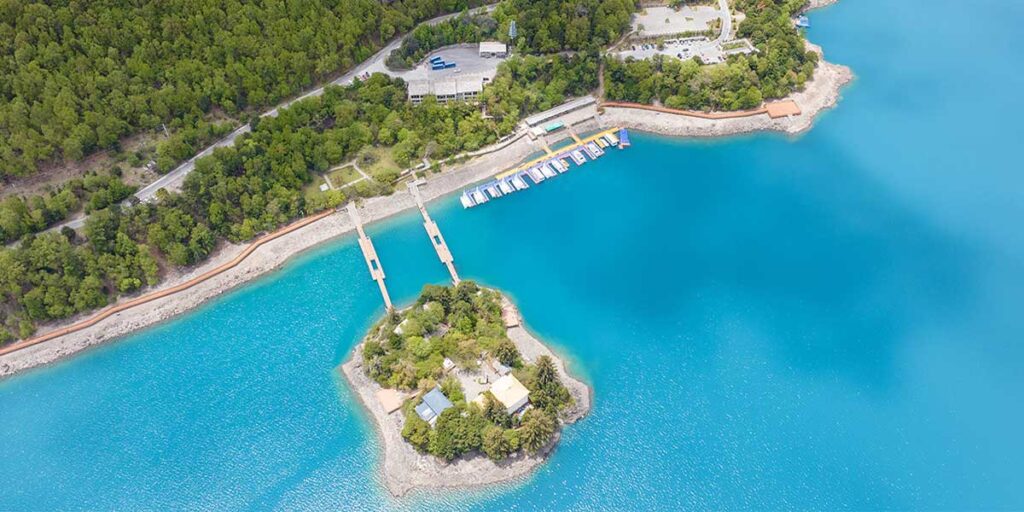

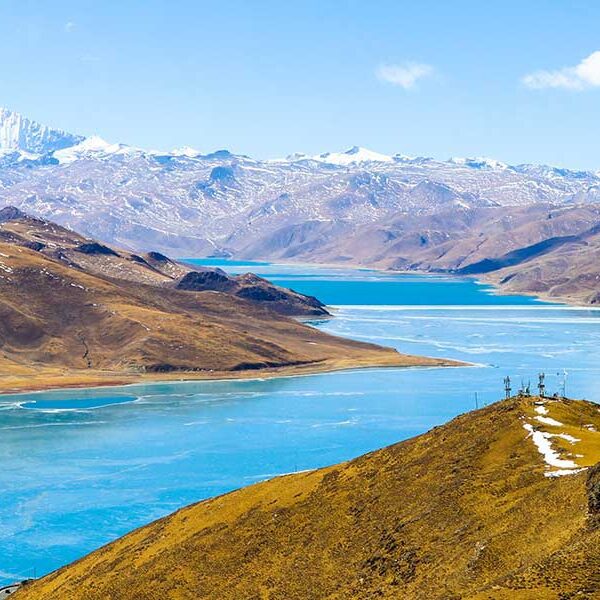
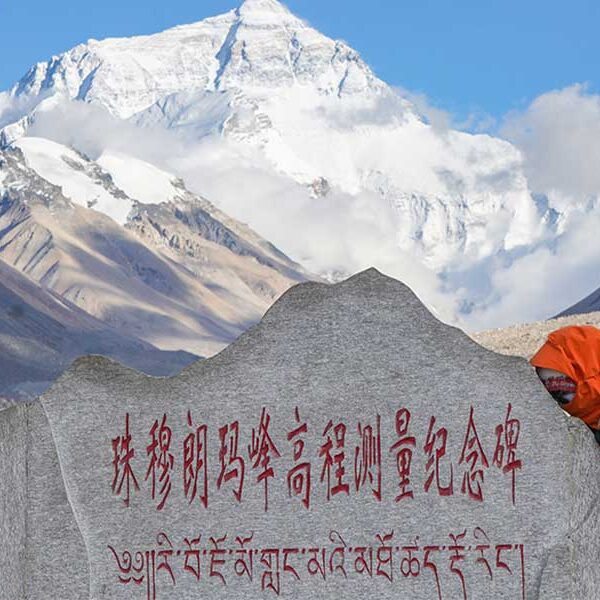
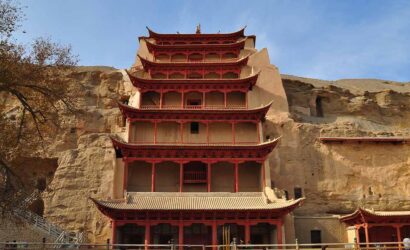
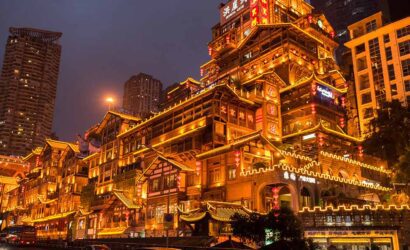


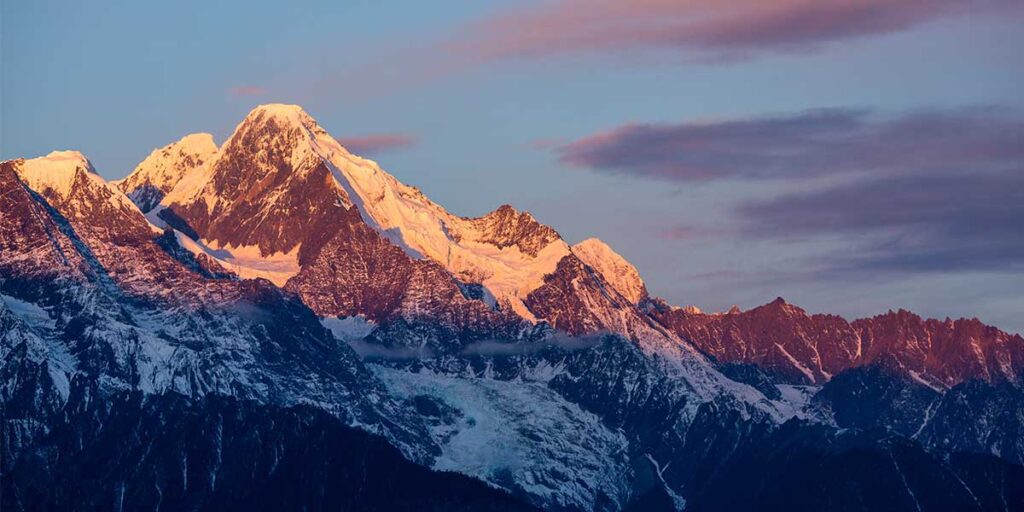
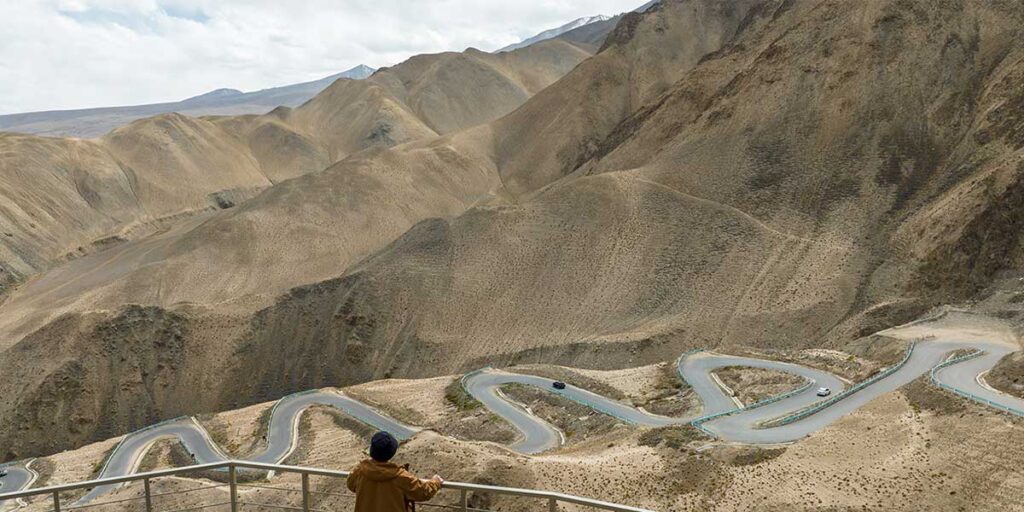

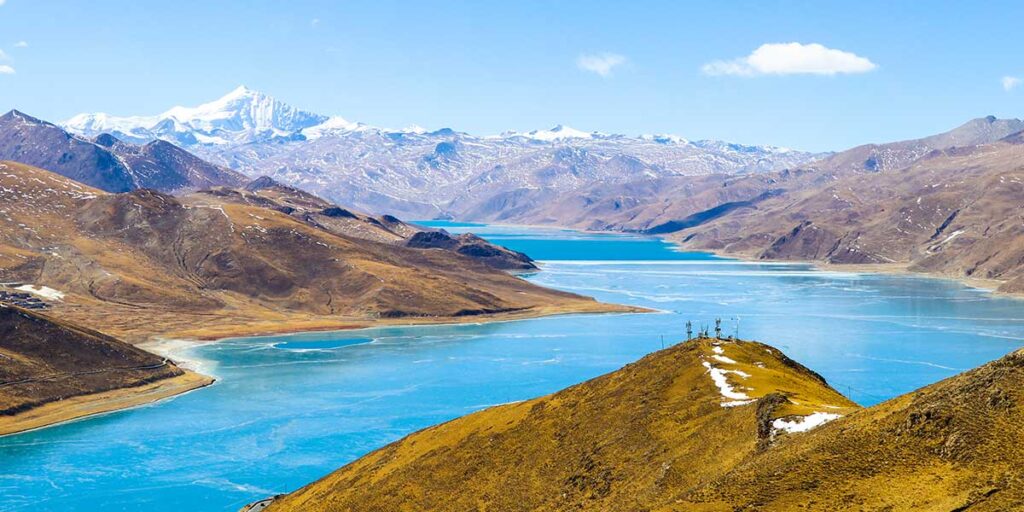
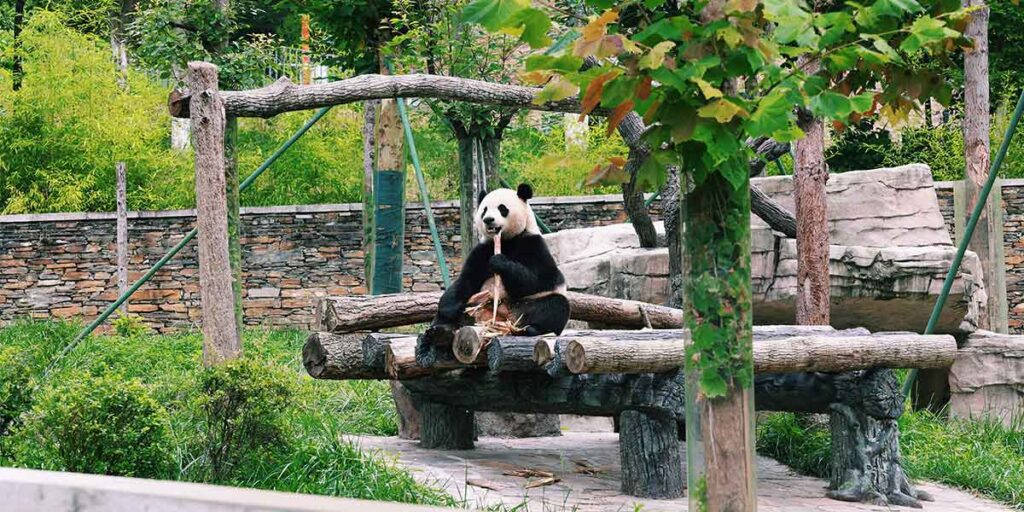
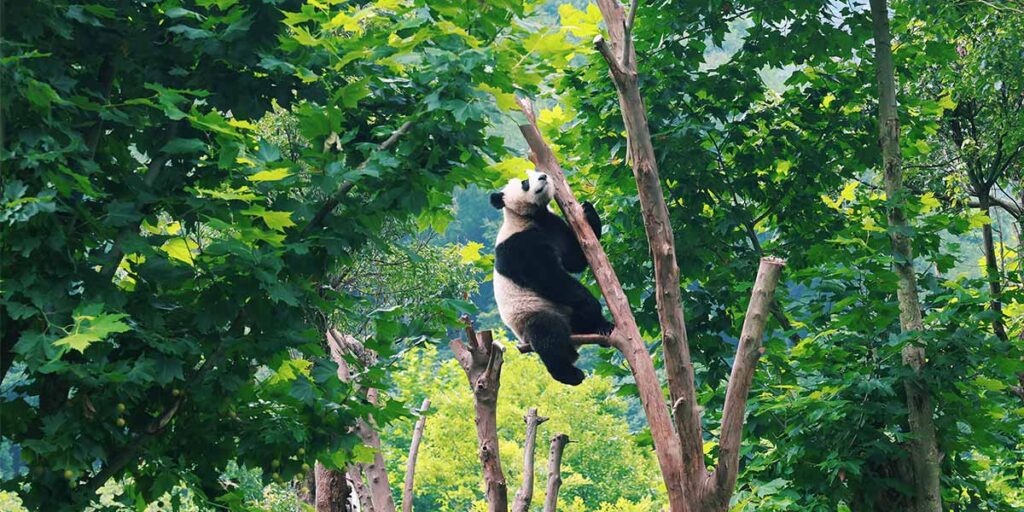
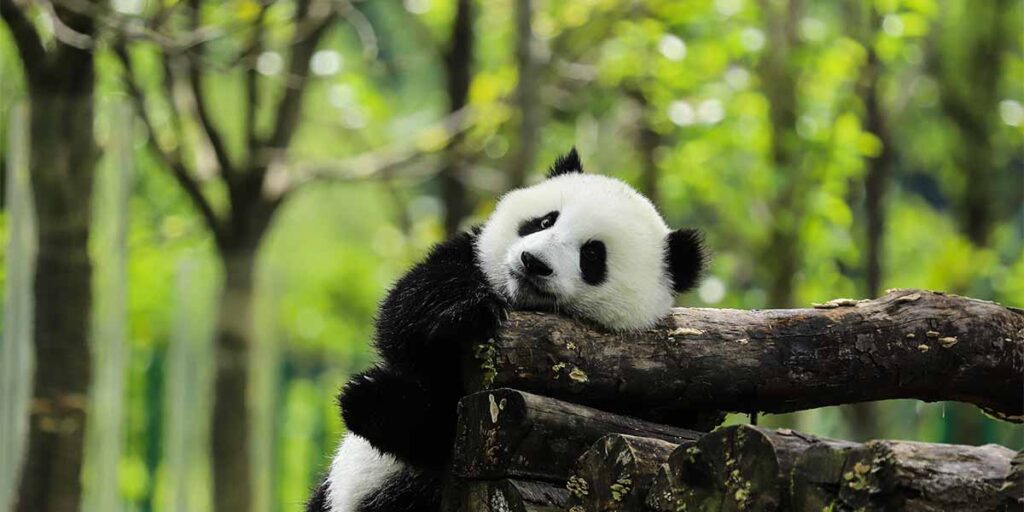
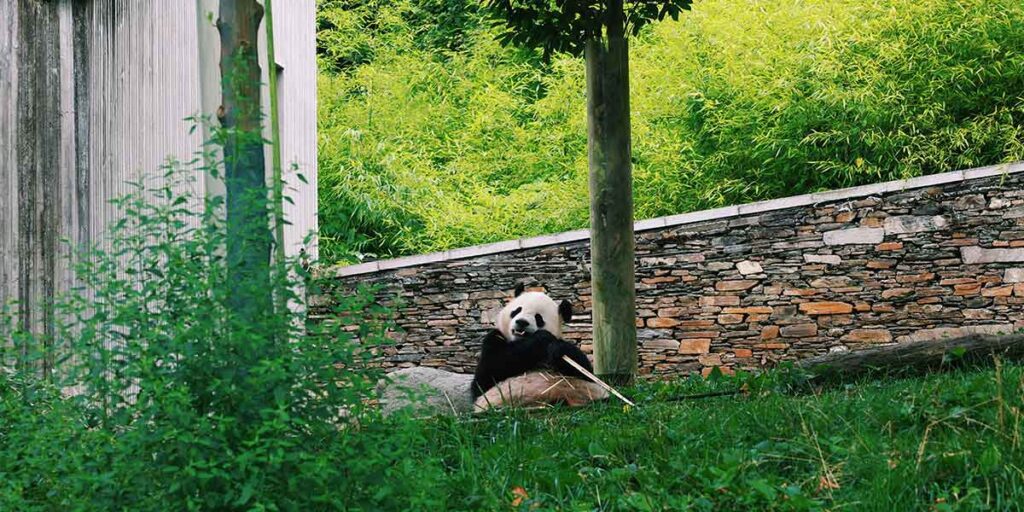
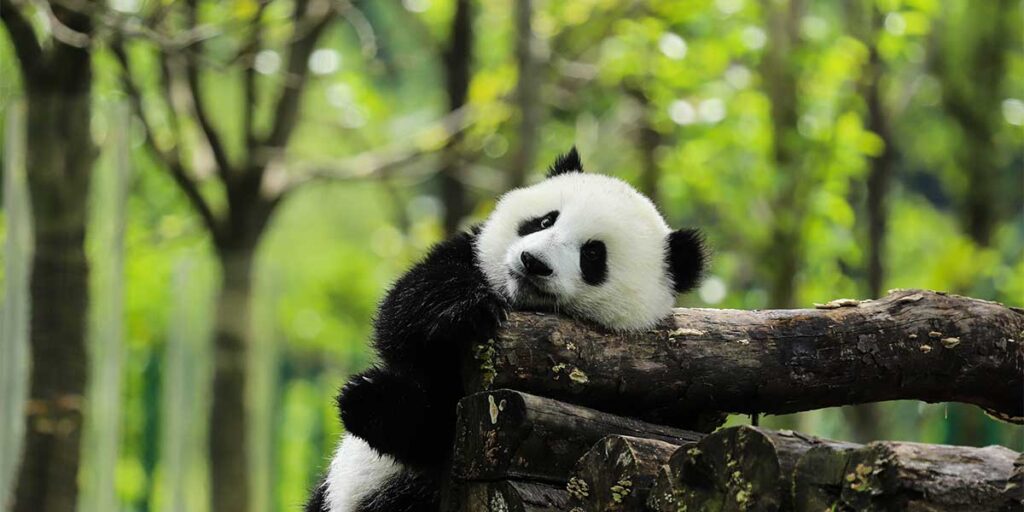
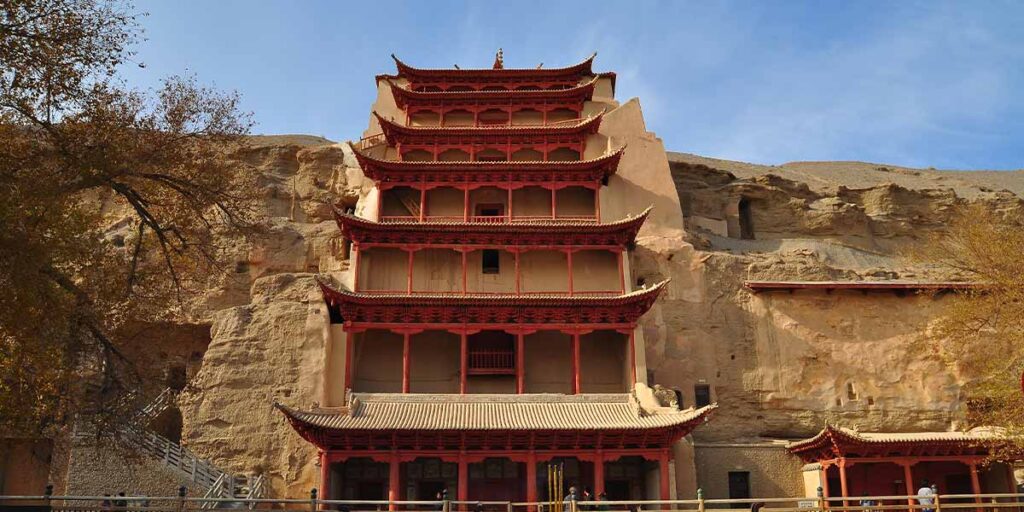
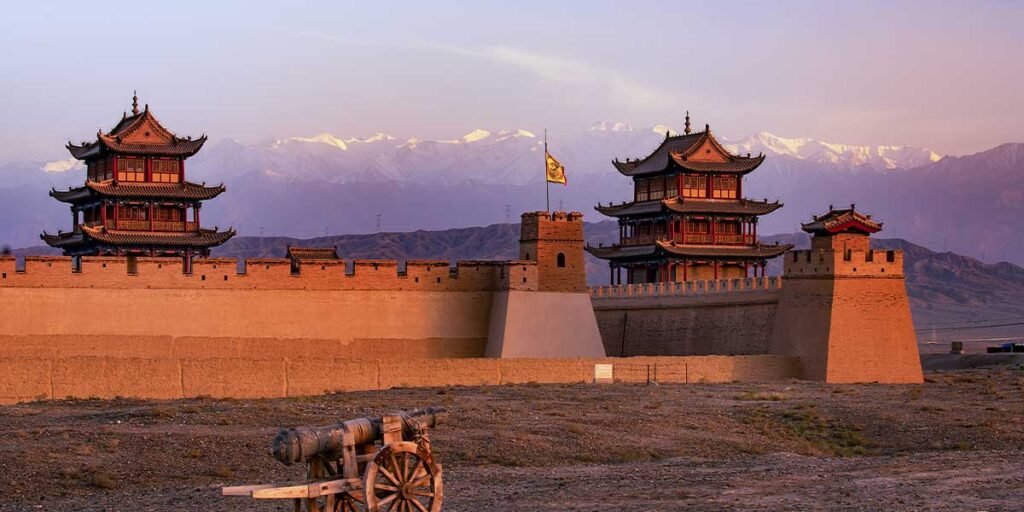
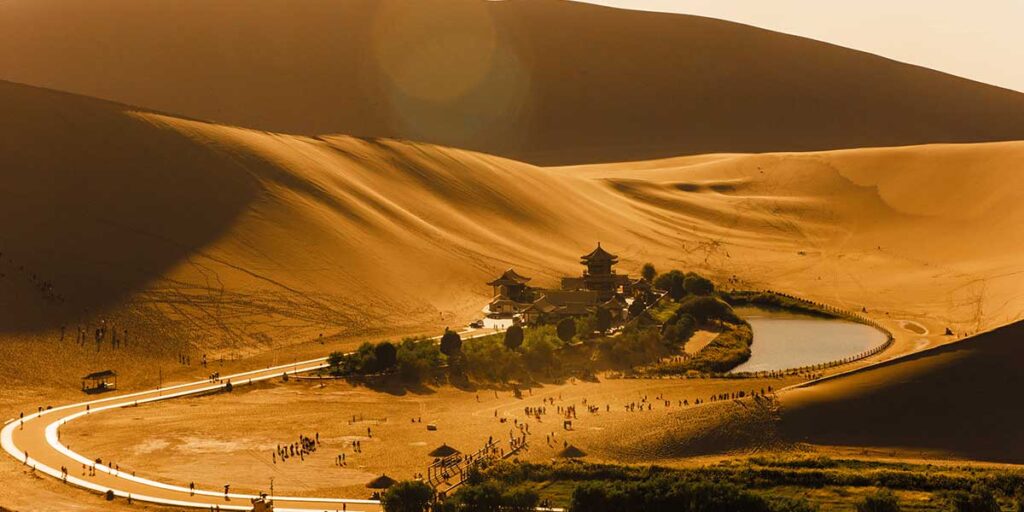

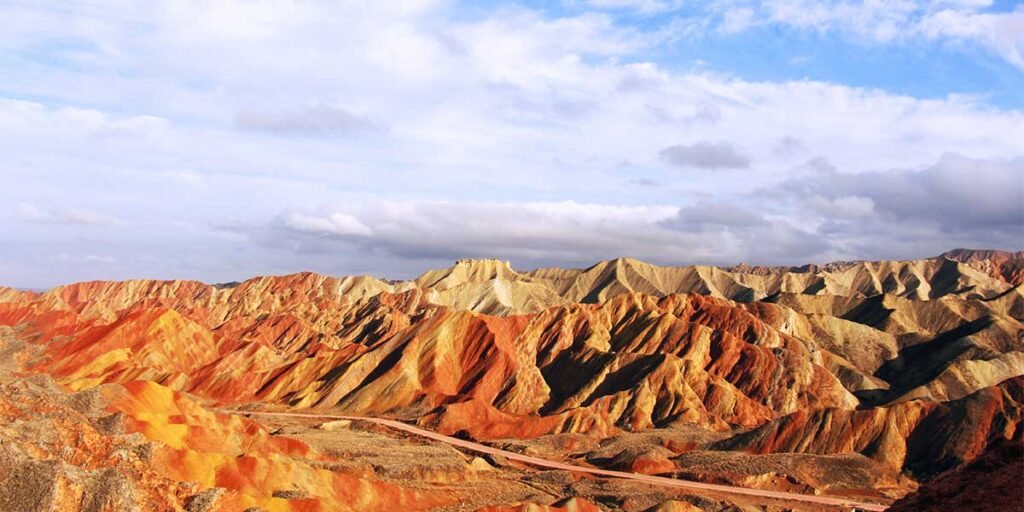
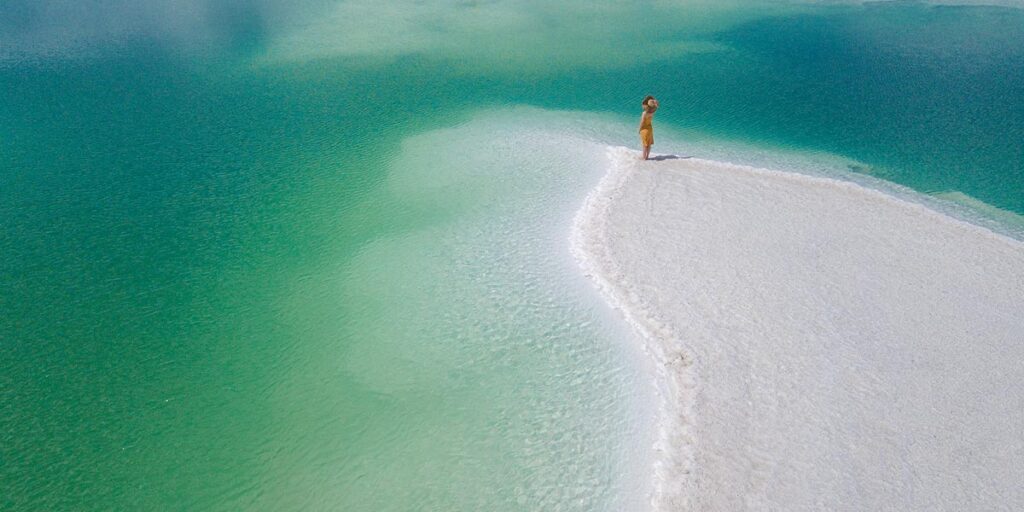
Write a Review